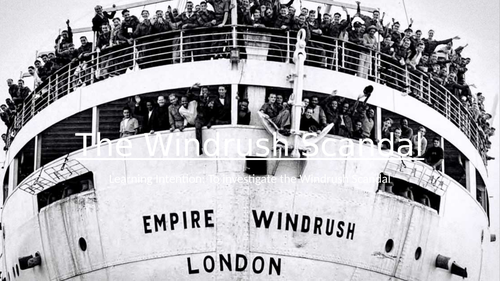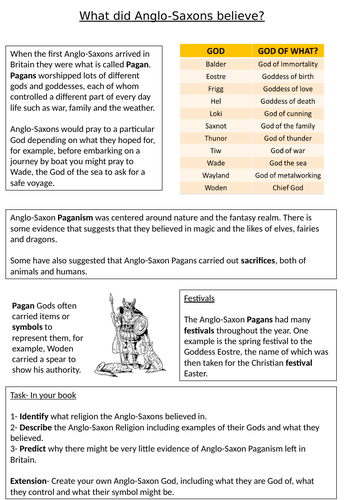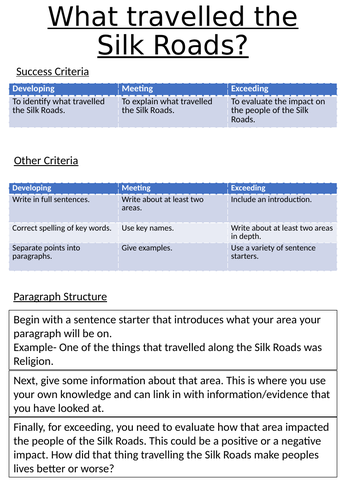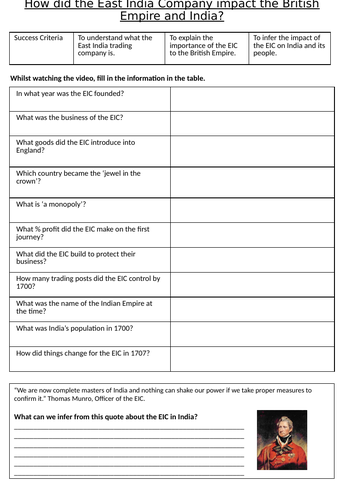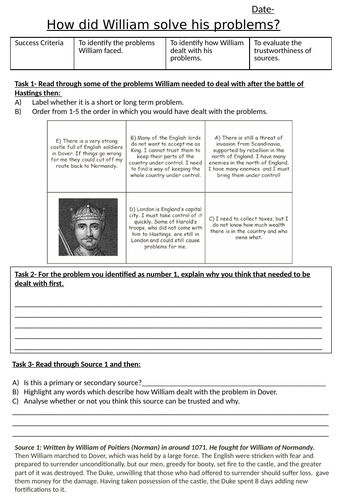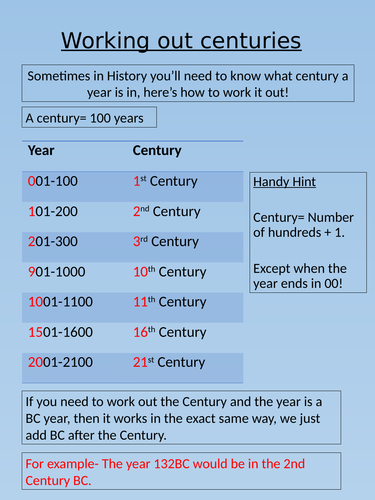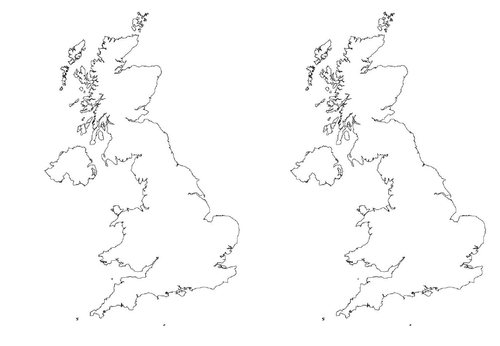MrEvansHistory
I am Head of History at a Middle School in the U.K, teaching Year 5-8 and co-run History Teachers UK Share Space through Facebook. If you have any questions regarding any of my resources, please feel free to contact me via my linked twitter account. If you download, I'd be most grateful for any reviews left.





